Potatoes: From
Planting to harvesting
Potatoes are grown from seed potatoes. Seed potatoes are small, modified roots or tubers – these are just smaller versions of the potatoes you cook with at home. These seed potatoes are harvested from certified virus and disease-free mother plants at a suitable graded size.
When looking at your seed potatoes, be sure to understand what you want and don’t want from them. Green parts of seed potatoes are toxic and when exposed to light, the plant will turn green as a result. The part that you will want to harvest is the tuber that grows from below the ground shoots and roots of the plant.
Chitting is done to get the tubers started while the ground is too cold, once the soil is reliably above 10°C then you are safe to proceed. Chitting means you can crop early – good for first earlies and possibly second crop, but not on maincrop. Chits are small shoots about 1 inch long and arise from the eyes or buds on the surface of the tuber.
Table of Contents
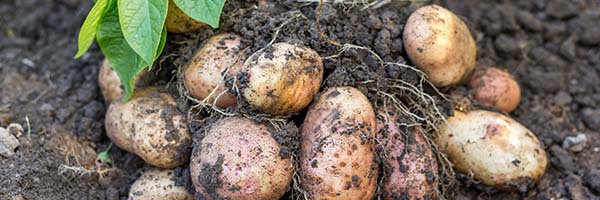
First Early's
When planting First Early’s ensure that they are spaced 12 inches apart in the ground and it is recommended to plant during mid-March, sometimes this can be done earlier. These potatoes grow to maturity the quickest with their harvest beginning in June and going into July. Once they have reached maturity, these can be stored in the ground for up to 4 weeks, so no need to harvest all at once. First Early’s are recommended to be used when fresh.
Second Early's
When planting Second Early’s ensure that they are spaced 12 inches apart in the ground and it is recommended to plant during late March to Mid-April, sometimes this can be done earlier. These potatoes grow to maturity fairly quick with their harvest beginning in July and going into August.
Once they have reached maturity, these can be stored in the ground for up to 4 weeks, so no need to harvest all at once. Second Early’s are recommended to be used when fresh.
Like most plants, raised beds or above ground containers give an earlier crop as the soil tends to be warmer and not wet with their drainage. Similarly fleece or polythene cloches and cold frames for the first 6-8 weeks can also keep the worst of the weather away, warm the soil and advance the crop.
Maincrop
When planting Maincrop ensure that they are spaced 15 inches apart in the ground and it is recommended to plant from mid to late April. These potatoes will grow to maturity from August going into October. Cutting the Haulm (top) of the plant 10 days before cropping helps them store better.
Planting
Potatoes can be planted in various place, grow bags, buckets with holes, pots, containers and lastly straight into the ground, any of these are suitable as long as the potato has 4 inches of compost or soil above it. Seed potatoes should be planted with their eyes pointing up. For containers and potato growing bags, use organic vegetable compost
Earthing Up
When shoots are roughly 6 to 8 inches tall, add soil or compost on top until it reaches 2 inches from the top of the shoots. Continue to do this as the shoots increase in height, up to 12 inches. This isn’t necessary when growing First Early’s but will increase your yield on Maincrops especially.
Feeding
When it comes to feeding your growing spuds, it is recommended to use a 7-7-7 ratio of NPK to really boost your crop, ensure you don’t over feed as this will result in damage to your crop. Ensure to feed through the season (once a month) and keep the crop watered plenty, not forgetting to change to Miracle-Gro for the last 2 months of growing.
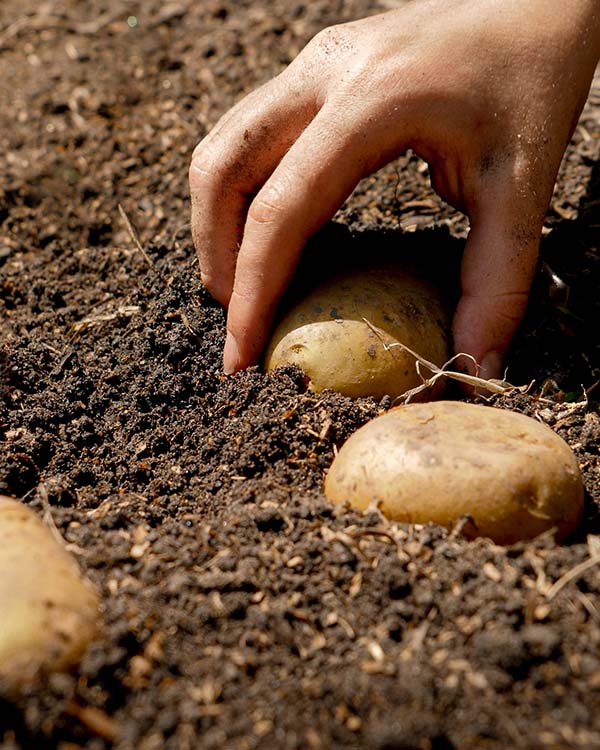
Unsure on What to Grow?
Taster packs allow you to trial several varieties or mix up your varieties in a smaller area. Taster packs are ideal for container culture or for those having their first swing at potato growing.
Summer Planting for Winter Harvests
We select the best winter cropping potatoes for summer planting, and we stock these in store from mid-July. When planting these seed potatoes, you want to plant them before the end of September, ready to be cropped and harvested from October right up until Christmas.
For a more detailed guide, we recommend visiting the Gardeners World website here.







